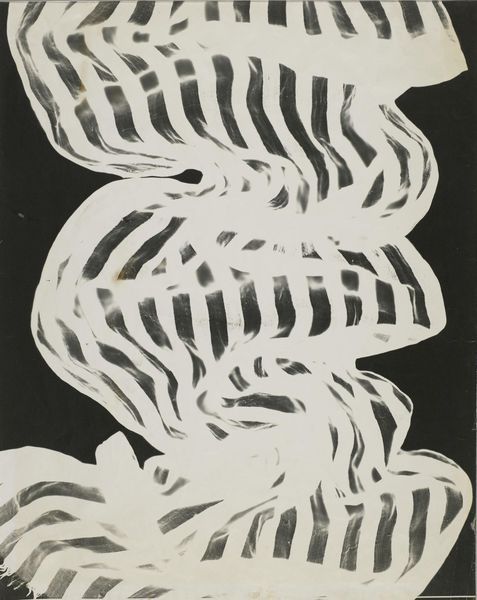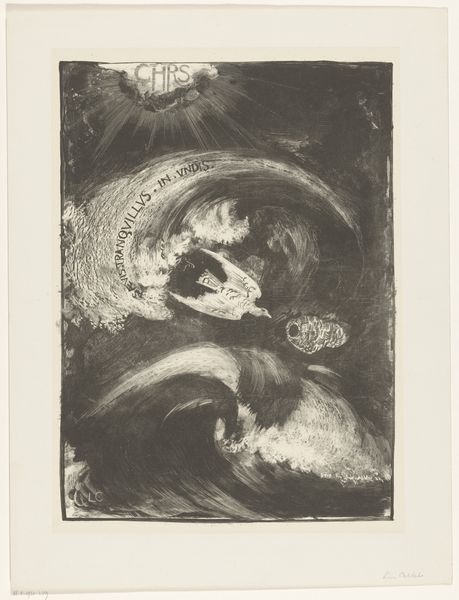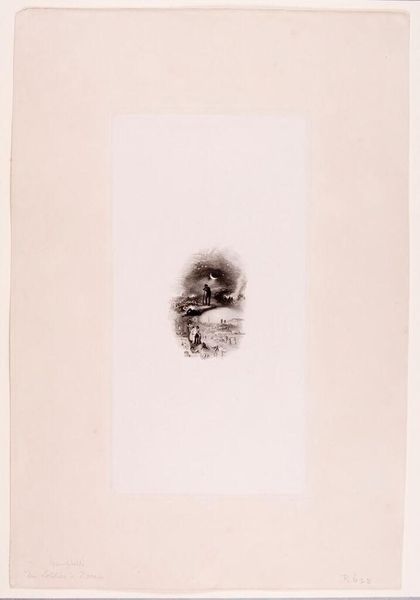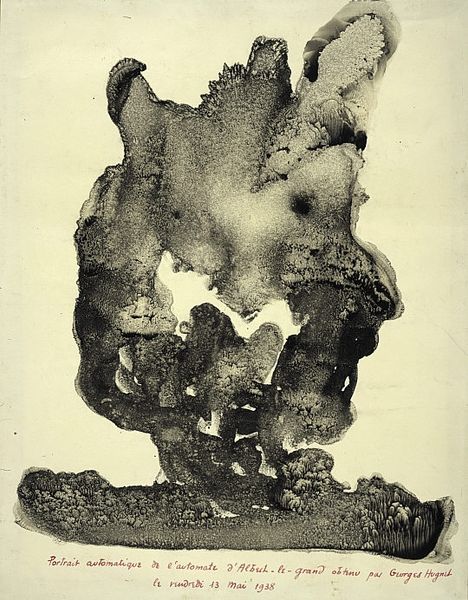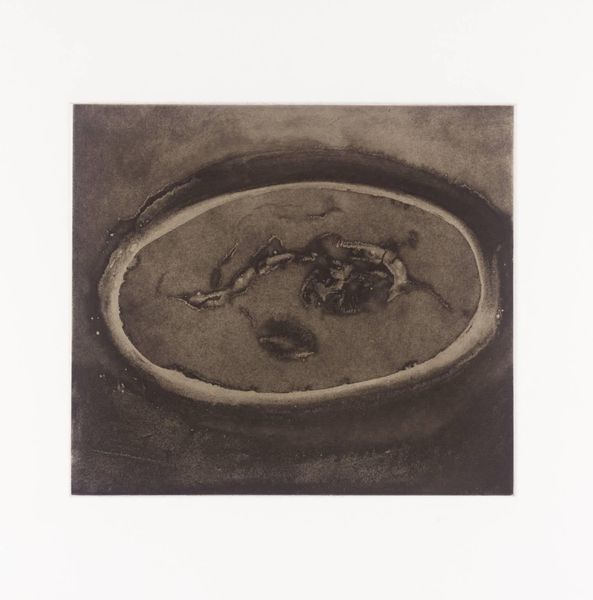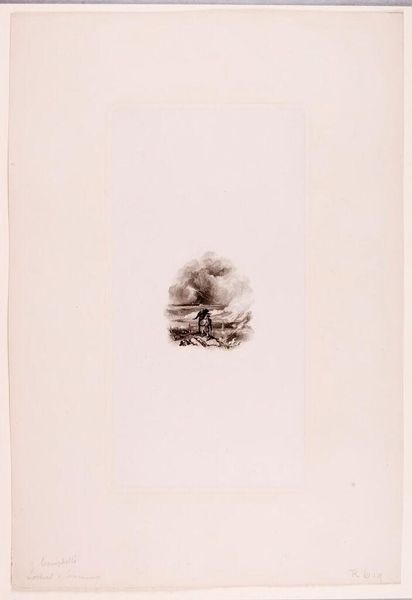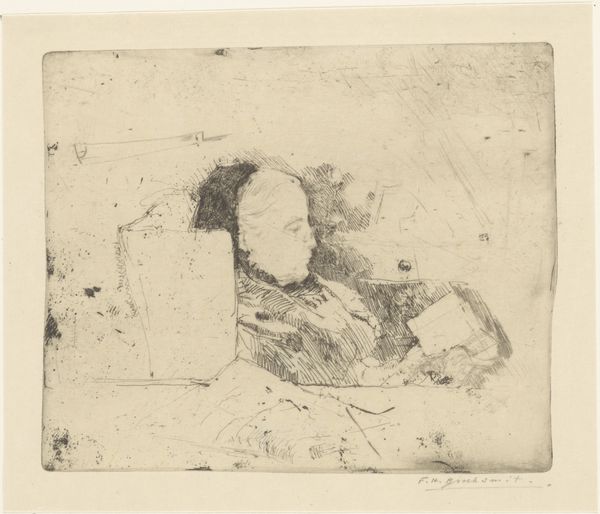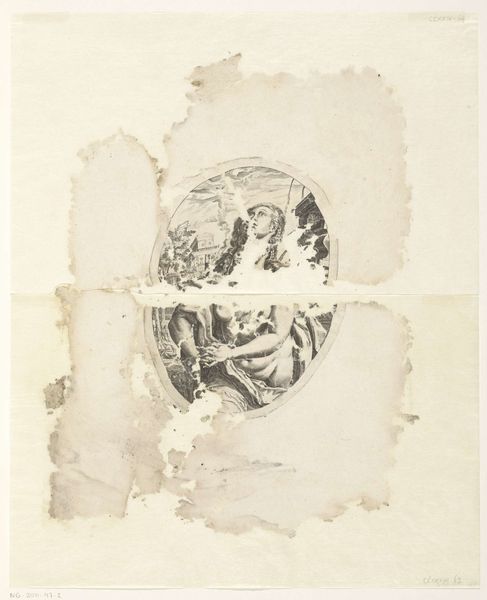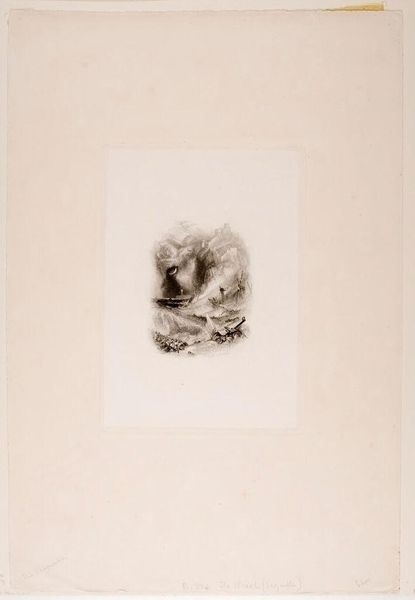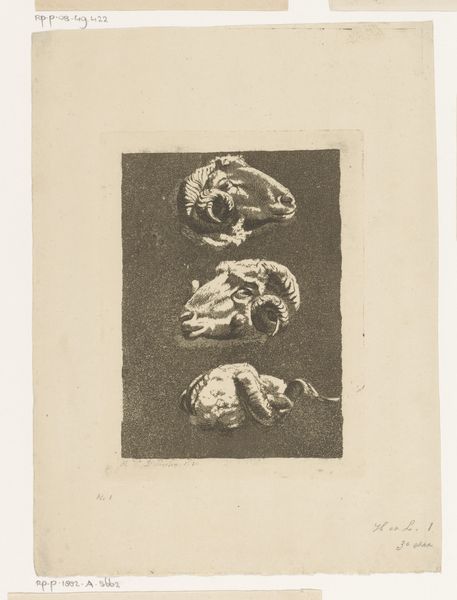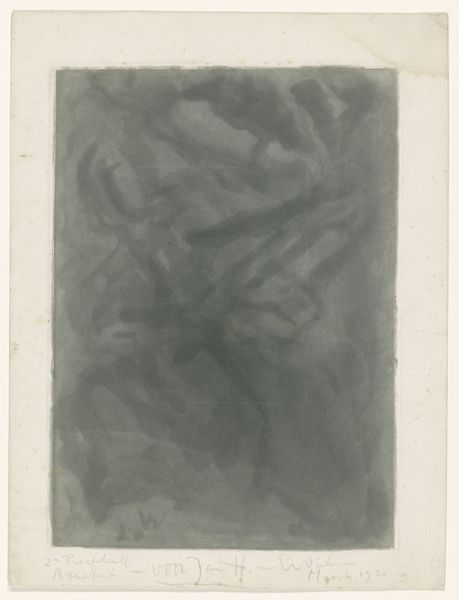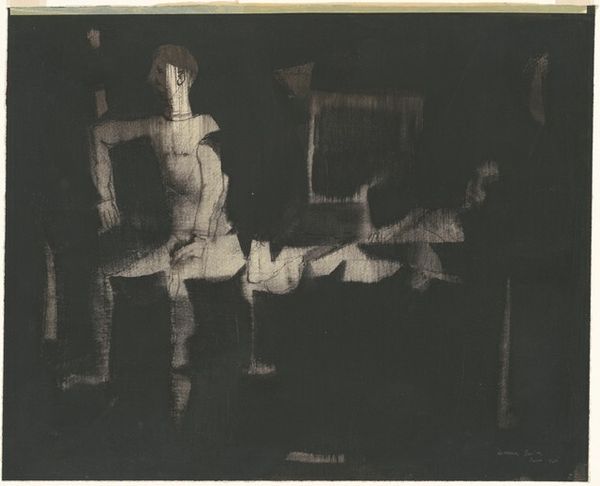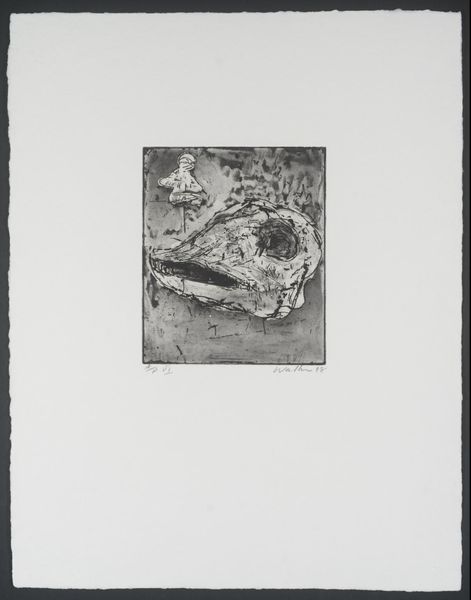
graphic-art, print
#
graphic-art
# print
#
flower
#
monochrome
Dimensions: height 246 mm, width 162 mm
Copyright: Rijks Museum: Open Domain
Editor: Here we have "Bloem," which translates to "flower," a graphic print by Carel Adolph Lion Cachet, sometime between 1874 and 1945. The monochrome image, residing at the Rijksmuseum, almost feels like an x-ray of a bloom. How do you interpret this work through a socio-historical lens? Curator: That’s an interesting initial take – like an x-ray. It invites us to think about what's hidden, what’s revealed through this specific lens, or the artist's hand in shaping how we see the natural world. What statements are being made with this artistic choice? Remember Cachet was creating during a time of massive social upheaval and technological advancement. Consider the potential dialogue between art, science, and social commentary during that period. How can we interpret the symbol of a flower against this backdrop? Editor: So, you're suggesting that this flower isn't just a flower? Curator: Precisely. Flowers, across cultures, represent cycles of life, fragility, beauty, but also power. I wonder how Cachet challenges the idealized depiction of nature and connects with broader issues about class, colonization and the changing world that concerned artists during the early 20th century? Does the limited color palette amplify feelings of, perhaps, loss, considering the artist's position in a rapidly changing global context? Editor: That is such a helpful context. Considering that intersection makes the work much more engaging than simply observing a flower. Thank you. Curator: Absolutely! Bringing in these broader narratives allows us to see how art acts as a crucial point of dialogue in the issues we face everyday.
Comments
No comments
Be the first to comment and join the conversation on the ultimate creative platform.
